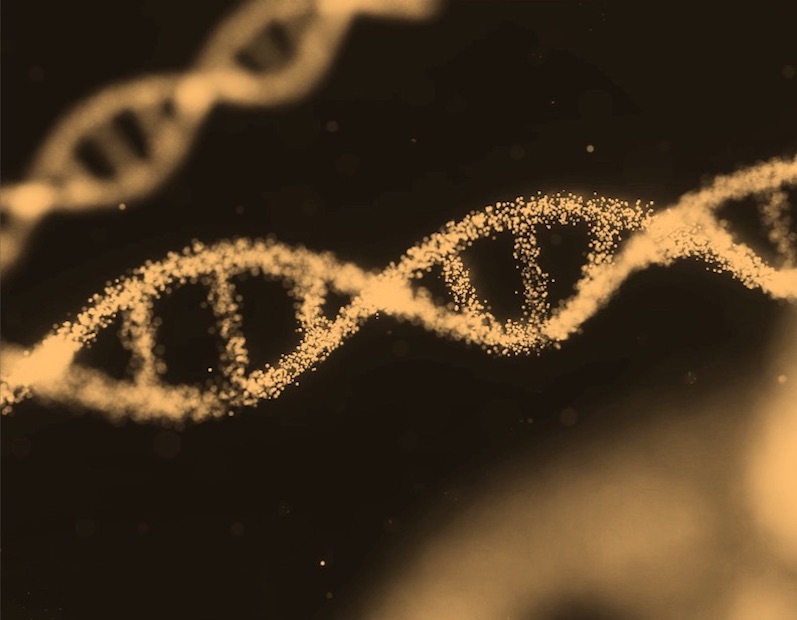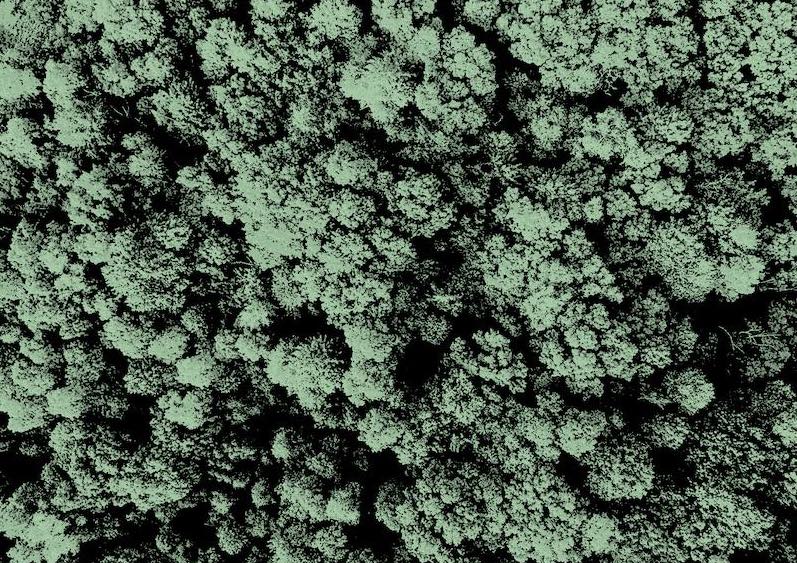What is it about?
A Review of the Science about Waterside Hypotheses of Human Evolution 50 years after Alister Hardy first published his ideas.
Featured Image
Why is it important?
The field of paleo-anthropology has exhibited an astonishing betrayal of the principles of open-minded scientific enquiry in it 60-yr response the so-called "aquatic ape hypothesis" of Alister Hardy & Elaine Morgan. This volume showcases some of the science that has been done by academics in other fields.
Perspectives
I contributed two chapters (one a long-overdue critique of John Langdon's '97 JHE critique of the "AAH" and a chapter promoting the much maligned and incredibly ignored wading hypothesis of hominid bipedal origins.) I also wrote a joint chapter with Elaine Morgan outlining the various scenarios espoused by proponents of these ideas and, at last, formally define what waterside hypotheses of human evolution are. Hopefully, academics will now be able to evaluate these hypotheses (plural) on their actual merits not on a straw man portrayal of what they imagine it (singular) is.
Algis Kuliukas
University of Western Australia
Comparative anatomy & physiology leave no doubt that human ancestors spent a lot of time diving for shallow-aquatic prey such as shellfish (cf. the so-called "aquatic ape hypothesis" of Alister Hardy & Elaine Morgan). Detailed comparisons suggest: -Mio-Pliocene hominoids (fossil apes, incl. Plio-Pleistocene australopithecines) evolved: larger size, very broad sternum (Latisternalia), wide thorax & pelvis, shorter & centrally-placed spine (orthogrady), longer arms, more plantigrady, tail loss (coccyx incorporated into pelvic bottom). All this can be explained by an upright aquarboreal lifestyle (aqua=water, arbor=tree): wading bipedally between the trees of swamp forests & climbing arms overhead in the branches above the water, e.g. coastal forests ,mangroves, forest swamps etc. Australopiths were no closer relatives of Homo than of Pan or Gorilla, google "aquarboreal ancestors". Extant apes apparently survived the Pleistocene coolings by spending less time in the water, but all great apes occasionally still wade bipedally for waterlilies, sedges etc., google e.g. "bonobo wading" & "gorilla bai". -Early-Pleistocene Homo evolved a littoral lifestyle, frequently diving for shallow-aquatic foods such as shellfish: this explains Homo's brain enlargement (aquatic foods + DHA), ear exostoses (cold water irrigation) pachy-osteo-sclerosis (shallow-diving cf seacow), platycephaly (streamline), external nose (google "Oi big nose"), full plantigrady (flat feet + short toes), platypelloidy (broad body), platymeria (dorso-ventrally flattened femora), stone tool use (sea-otter) & island colonizations (e.g. Flores), google "coastal dispersal Pleistocene Homo PPT Verhaegen" & "GondwanaTalks verhaegen". From the coasts, different "archaic" Homo populations, such as neandertals, entered the land probably initially seasonally along the rivers. Late-Pleistocene H.sapiens reduced diving, and elaborated wading->walking, cf. diet of waternuts, rice etc.
Marc Verhaegen
Read the Original
This page is a summary of: Was Man More Aquatic in the Past? Fifty Years After Alister Hardy - Waterside Hypotheses of Human Evolution, November 2011, Bentham Science Publishers,
DOI: 10.2174/97816080524481110101.
You can read the full text:
Contributors
The following have contributed to this page







